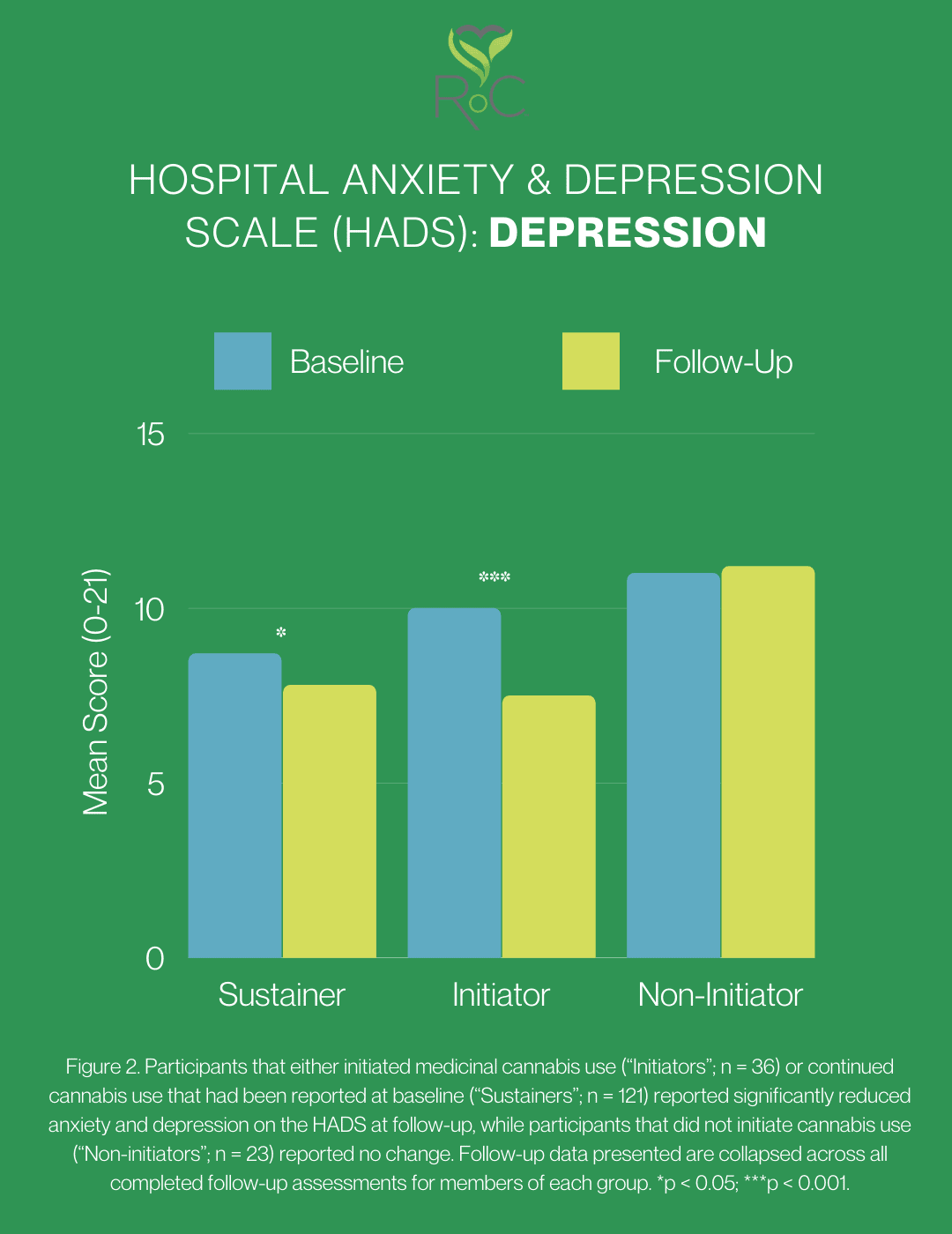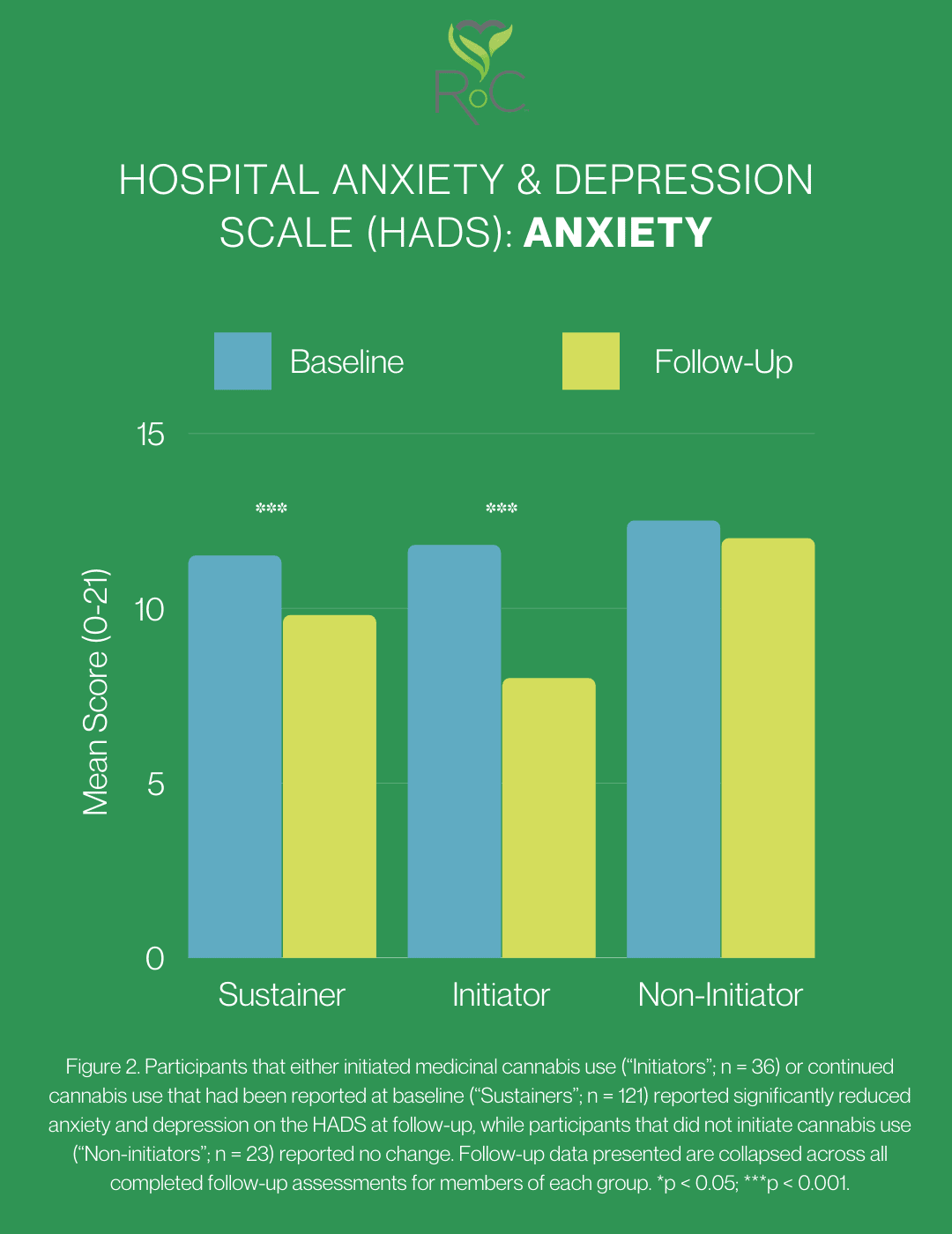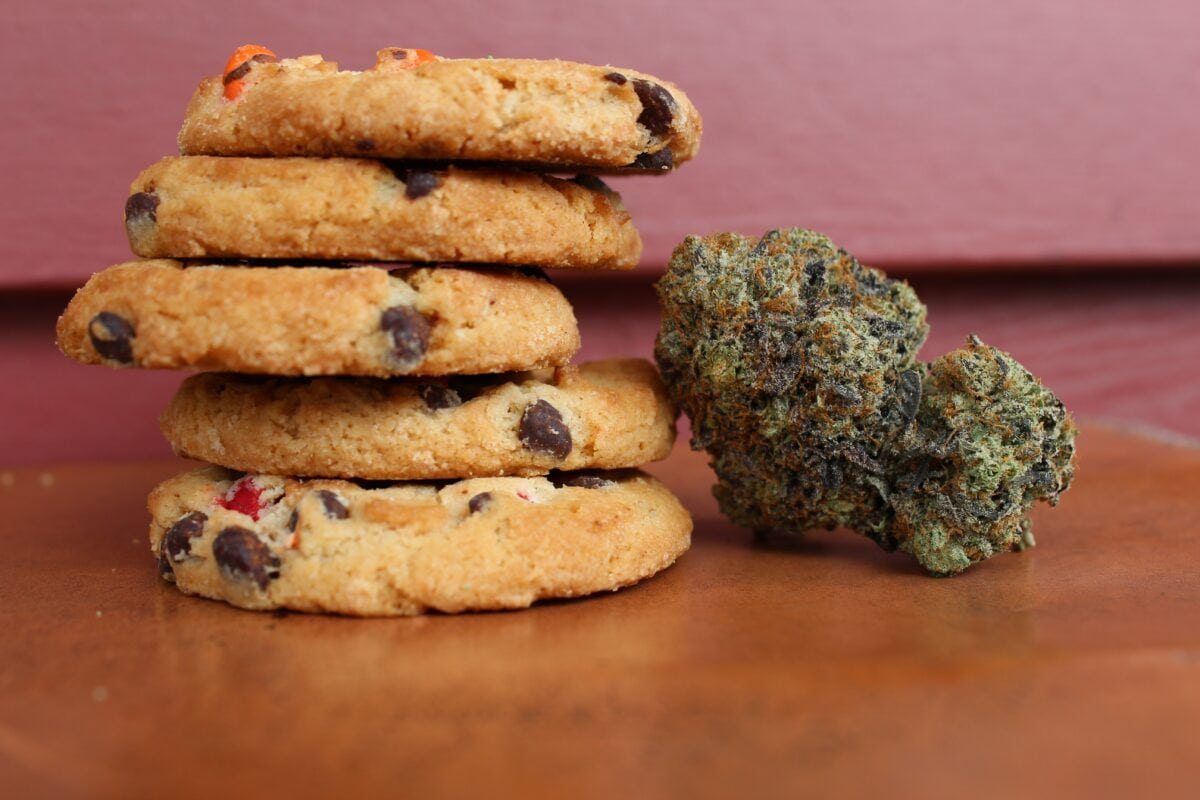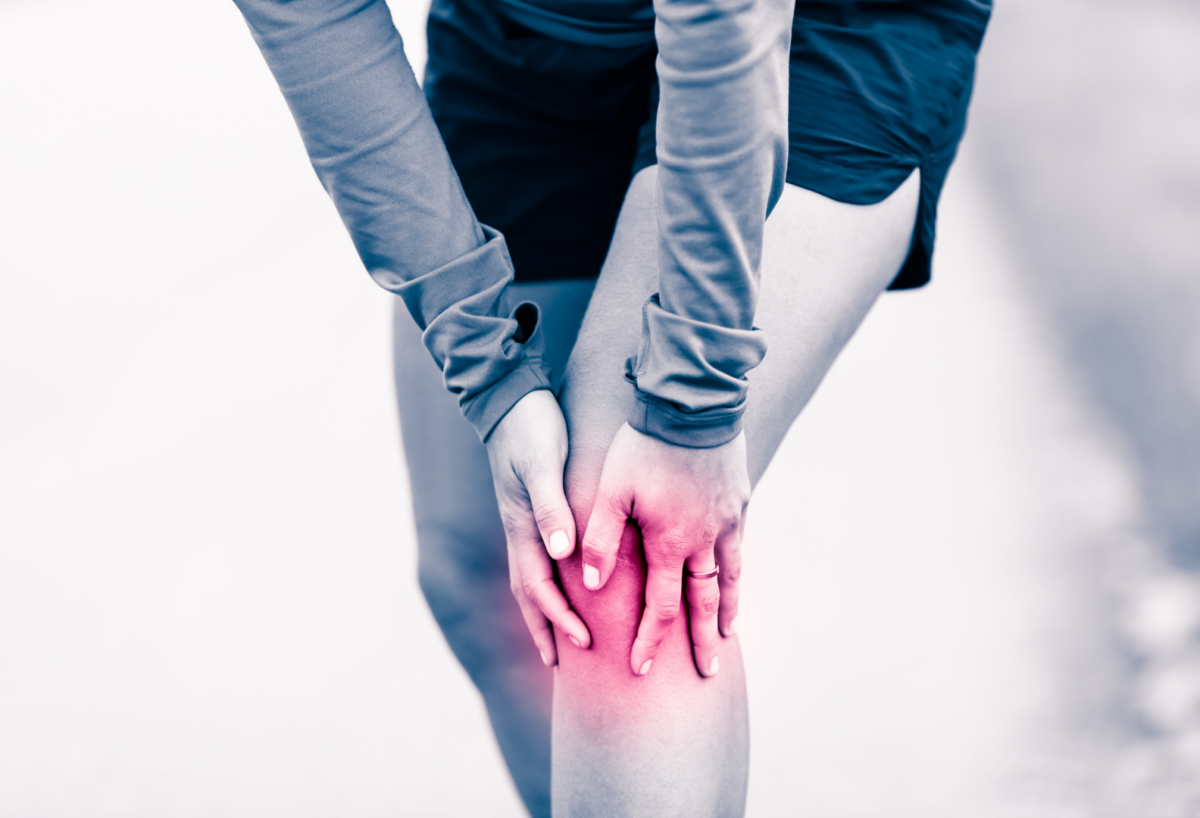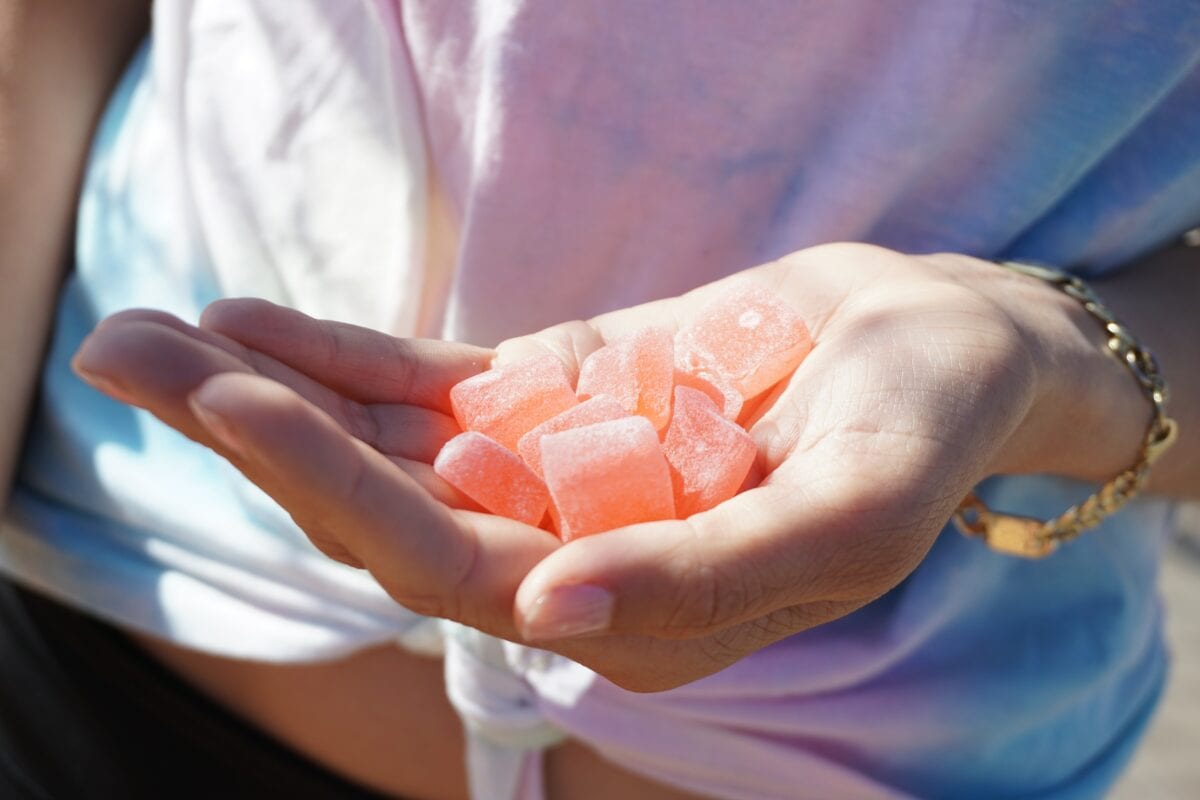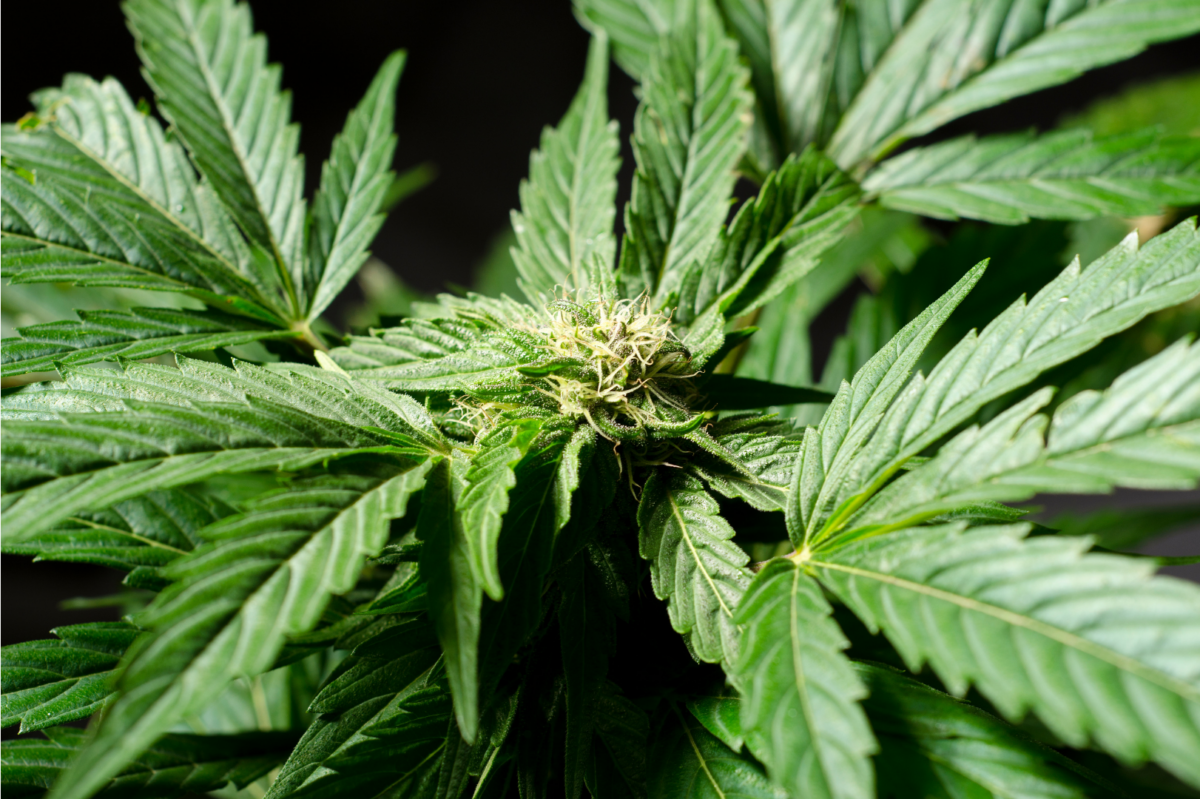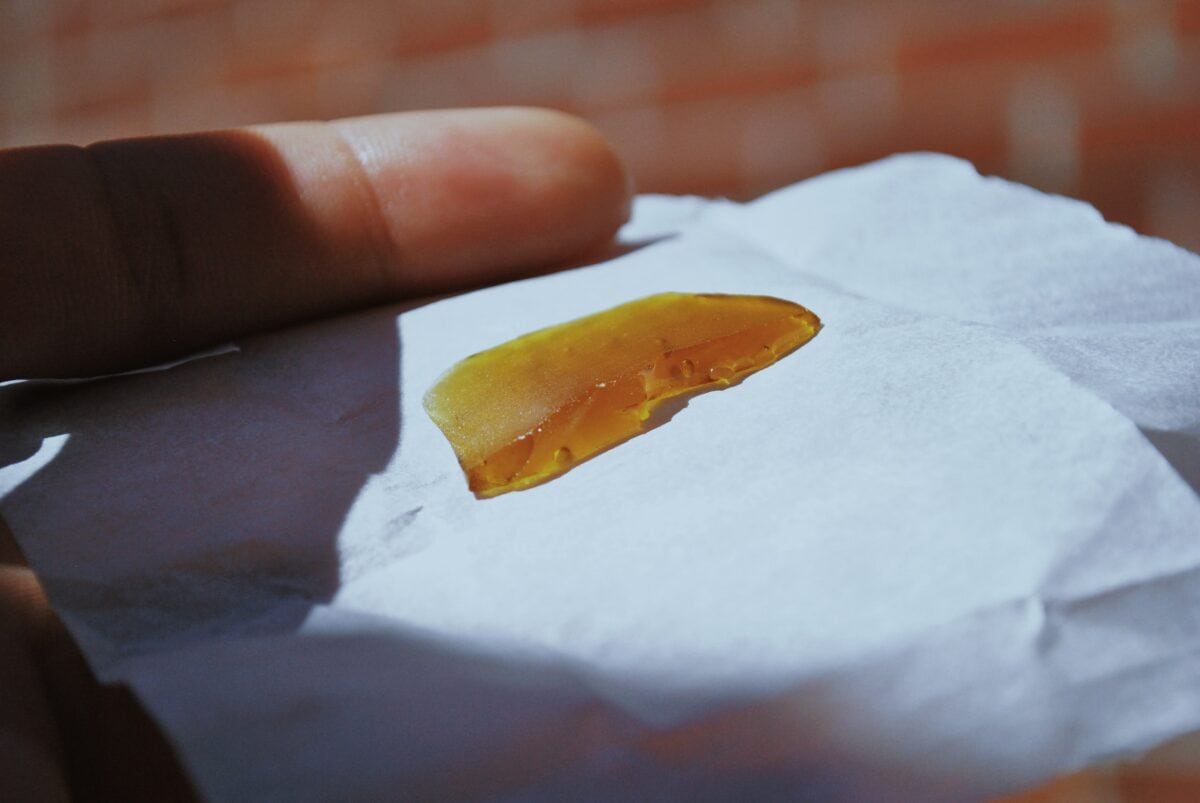Two in every three Americans believe that cannabis should be legalized at the state and federal levels. If asked, as was done in a recent Pew Research Survey, 68% of Americans are comfortable with the idea of making cannabis mainstream. This demonstrates how the attitudes of Americans towards cannabis have changed over time.
In the last decade, Americans in different states have campaigned and voted for the legalization of cannabis at the state level. Currently, 38 states and Washington D.C. have enacted medical laws, while 18 states and Washington D.C. have legalized adult-use. Several other states are having positive conversations about cannabis, both for medicinal and recreational purposes. We expect more states to move towards full legalization in the coming years. Even states considered to be traditionally anti-cannabis have begun to warm up to positive conversations around cannabis.
The progress made so far has resulted from concerted efforts by cannabis supporters and activist groups to create awareness, ensuring that their efforts yield tangible results. If we are to witness even greater results, we must move past passive support to actively advocate for the legalization of cannabis at both levels.
In short, it is not enough to believe that cannabis should be legalized and leave it at that. It is crucial that the “two-thirds” actively participate in making cannabis legal in America, both for medicinal and recreational purposes.
How can one be actively involved in supporting the legalization of cannabis?
Support Cannabis Education and Research
Cannabis legalization is hinged on cannabis research because the information generated from research helps build the case for legalization. There are different ways of supporting cannabis education and research. Whether you are a cannabis user or not, you can offer to participate in research. If you are a product company, you can have your products involved in studies that illustrate how they may positively impact individuals. Alternatively, you can also give towards organizations focused on cannabis research and education.
Realm of Caring (ROC)
At Realm of Caring we are a nonprofit organization that advocates for the rights of cannabis use through research and education. We provide educational opportunities to individuals, families, medical professionals, researchers, the cannabis industry and everyone else in need of information on hemp and cannabis. We support mainstream acceptance of plant-powered therapies and are committed to our mission and belief that the quality of life matters. Register with ROC today to learn more.
Find Activists & Grassroots Efforts in Your Area
There is strength in numbers, and cannabis advocacy is no exception. It can be challenging to make an impact as an individual trying to advocate for cannabis to be legalized unless you are as exceptional as the likes of our own, Charlotte Figi. Being part of a grassroots activist group will not only boost your morale but will also provide deeper insights on how to go about pushing for legalization. Activist groups working in the grassroots usually capture different demographics and social-economic classes. Inclusivity is typically a catalyst for positive change. Several cannabis activism groups are making a significant impact in the push for legalization.
The National Organization for the Reform of Marijuana Laws (NORML)
NORML is probably the oldest and largest cannabis activism group, having been in existence since the 1970s. NORML is committed to pushing for the legalization of recreational cannabis and has spearheaded many legalization efforts. NORML has also played a central role in reducing police hostility targeted at marijuana-related crimes.
The Coalition for Rescheduling Cannabis (CfRC)
This is a group of non-government organizations that have come together to petition the federal government to remove cannabis from its Schedule I list of substances. CfRC is also involved in legal cannabis research and cannabis education. It is made up of the following organizations:
- The American Alliance for Medical Cannabis
- The Drug Policy Forum of Texas
- Americans for Safe Access
- The Los Angeles Cannabis Resource Center
- Medically Minded CBD
- Jon Gettman
- High Times
- California NORML
- The National Organization for the Reform of Marijuana Laws (NORML)
- Patients out of Time
- The Oakland Cannabis Buyers Cooperative
The Last Prisoner Project
This non-profit organization is committed to delivering justice to those who are serving prison sentences for cannabis-related crimes. They employ lawyers to push for the expungement of cannabis-related offenses from the records of those directly disproportionately affected by the war on drugs. They serve a client base of about 40,000 individuals who have been convicted of cannabis-related crimes.
Other cannabis activism groups to consider include the following:
- Alliance for Cannabis Therapeutics
- Buffalo Cannabis Movement
- Dagga Couple
- Dank of England
- Green Panthers
- Marijuana Policy Project
- Medical Marijuana Assistance Program of America
- National Cannabis Industry Association
- November Coalition
- Safer Alternative for Enjoyable Recreation
- Society of Cannabis Clinicians
- Students for Sensible Drug Policy (SSDP)
- Veterans for Medical Cannabis Access (VMCA)
- Women Grow
You can also attend cannabis festivals where you can learn more about cannabis advocacy. Freedom Rally and the Global Marijuana March are good ones, to begin with.
Other Ways to Support Cannabis Legalization
Stay Informed
Marijuana Moment has “up-to-the-minute” news on the politics, business, and culture of cannabis. They offer reliable, up-to-date sources for developments on cannabis policy.
Contact your Local Politician
For many cannabis enthusiasts, this is stepping out of the box. However, this is one of the easiest but most effective ways to make your voice heard. You can either make a quick call to your local legislator or send them a short email where you can share your personal cannabis story or policy views.
Build awareness
You can create awareness about cannabis by sharing positive cannabis-related information with your friends and family by word of mouth and social media.
Vote for Cannabis Bills
In 2020, Arizona, Montana, New Jersey, Mississippi, and South Dakota approved ballot measures to legalize cannabis. A few other states have also used citizen-initiated ballot measures to pass cannabis bills. Should cannabis bills come to the ballot, make sure that you actively participate.
Conclusion
Activism efforts have gotten us to where we are today. It will take similar, if not greater, efforts to take us to where we want to be. To have cannabis fully legalized in the United States, research and education are critical for informed and direct activism. Realm of Caring offers a wealth of information to get you started on your journey to cannabis activism.
About Realm of Caring
Realm of Caring Foundation (RoC), is a 501(c)3 nonprofit organization that was established by parents in 2013 to support families who were out of medical options. By creating educational resources, conducting research, and assisting families with data-rich answers to their questions, RoC continues to be a leader in the cannabinoid (cannabis/hemp) field. RoC’s no-cost Care Team has served more than 65,000 clients worldwide and supports a network of over 2,000 medical professionals. To learn more about participating or to donate to this cause, visit www.realmofcaring.org or call 1-888-210-3772.





